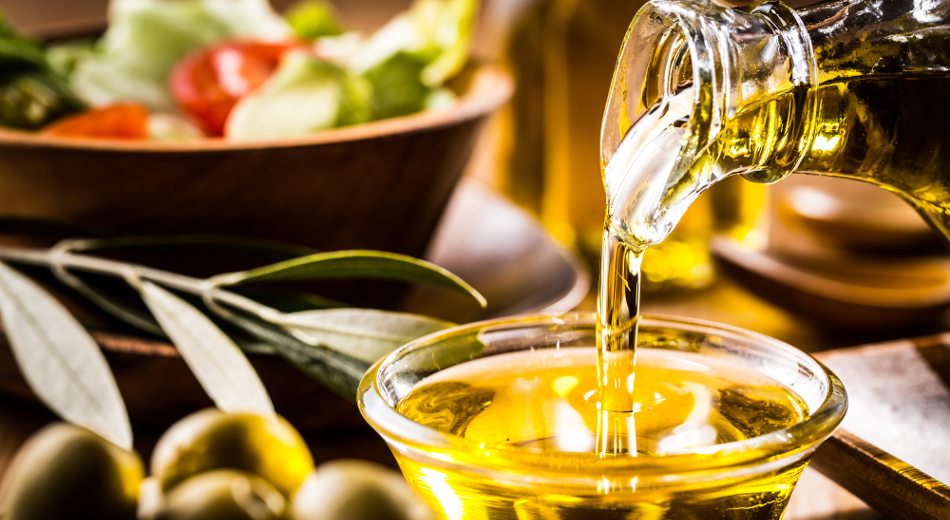Why remove impurities in grease?
Impurities in oils have an adverse effect on the quality and storage of edible oils. For example, moisture not only affects the transparency of the oil, but also affects the hydrolysis of the oil and causes rancidity; insoluble solid impurities and colloidal substances can cause the deterioration of the oil; free fatty acids affect the taste of the oil and accelerate the deterioration of the oil quality; phospholipids can cause the oil to become cloudy , After heating, it will produce black precipitation, blistering, bitter taste, which seriously affects the quality of the product; pigments directly affect the color of the oil; colloids, sulfur, phosphides, and soap feet can cause hydrogenation catalyst poisoning; free fatty acids and moisture Can reduce the activity of the catalyst for transesterification; many metal ions such as copper ions, iron ions, etc. are oxidation promoters for grease at high temperatures. Therefore, it needs to be refined by grease refining equipment to remove impurities, maintain the natural properties of grease, and extract useful substances.

What are the methods for removing impurities in oil refining equipment?
We generally refer to the freshly prepared oil as crude oil, or crude oil, because it contains a lot of impurities and requires further processing before it can be eaten. The main purpose of oil refining is to obtain refined oil that meets the required quality standards through different procedures to ensure people's different needs in life and food safety. Let's take a look at the methods for removing impurities from edible oil refining equipment.
Edible oil refining method 1-physical sedimentation method
This method uses gravity to gradually sink the mechanical impurities that are not soluble in grease, and then separates the impurities at the bottom of the grease from the grease on the upper part to achieve the purpose of removing mechanical impurities. The disadvantage of this method is that it takes too long and affects the processing efficiency of the camellia seed oil refining equipment.
Edible oil refining method 2-filtration method
This method is to use filter cloth to filter the grease. Under the action of pressure, the grease can pass through the filter cloth but the mechanical impurities will be blocked and unable to pass. This method removes the mechanical impurities in the grease with high efficiency and low cost. The camellia seed oil refining equipment is used.
Edible oil refining method 3-centrifuge removal method
The centrifugal removal method requires a centrifuge, which uses centrifugal force to separate mechanical impurities in the grease, and can also remove some colloidal impurities. The advantages of the centrifugal method to remove mechanical impurities are fast speed and large processing capacity, but the cost is relatively high, and small and medium-scale oil refining and processing units are not suitable. Generally, large-scale soybean oil refining equipment will be equipped with a centrifugal filter.
Copyright © Henan Zhongxing Grain And Oil Machinery Co.,Ltd. All Rights Reserved. Powered by MetInfo